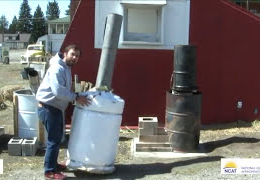Biochar
Biochar is produced by pyrolysis – heating biomass such as agricultural waste or unmerchantable logging slash in the near absence of oxygen. Similar to charcoal, biochar is a porous and stable form of carbon that can improve soil fertility and water-holding capacity when added to farmlands and forest.
It provides a market for non-merchantable slash from forest management intended to reduce wildfire risk, which otherwise would be burned. By reducing the need for slash pile burning, biochar can improve air quality.
When added to agricultural or forest lands, biochar can reduce the need for chemical fertilizers and improve crop yields on marginal land. The pyrolysis process can produce useable, renewable energy in the form of hot water, bio-fuels or biodiesel. Biochar can help stabilize toxins in mining waste and boost revegetation. Each of these environmental benefits also provide an economic boost and create new jobs in rural America.
Research suggests that appropriately designed biochar can enhance soil health, increase soil water-holding capacity, reduce nitrous oxide emissions, and improve forest establishment on degraded land and increase crop yields.
Soil is the globe’s second-largest carbon sink, holding three times as much carbon as the atmosphere. Agricultural soils alone hold nearly as much carbon as the atmosphere. But building and maintaining soil carbon is challenging on farmland.
Cover crops add carbon to soil and no-till farming can slow breakdown of crop residue. Still, the organic matter is largely decomposed in a few years and released to the atmosphere as CO2. As the earth warms, that process will accelerate making it harder to build soil carbon.
Biochar offers more lasting carbon sequestration. It is a form of charcoal produced for use in soil by heating biomass in the absence of oxygen. It is not new. Biochar from prairie and forest fires is a significant portion of the organic matter in most U.S. agricultural soils.
The unique promise of biochar is that it provides “recalcitrant” soil carbon that lasts for hundreds to thousands of years in soil. In addition, appropriately designed biochar can slow the breakdown of other soil carbon. Thus, biochar integrated with other soil-building practices may add more to soil carbon than the total of each alone. Natural Climate Solutions ranks biochar first for soil carbon sequestration potential among all agricultural strategies.
The potential is particularly great in areas with available biomass, such a combustible materials removed from forests, a portion of crop residues from highly productive soils and dedicated grass and tree crops grown on marginal cropland.
Related Topics
Staff Expert



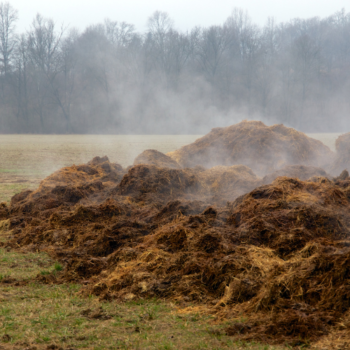
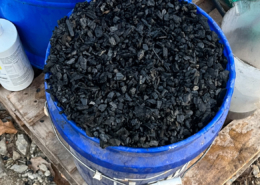



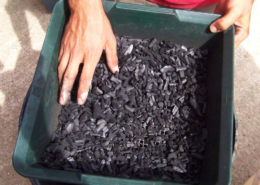

 Courtesy
Courtesy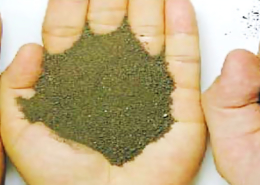
 Courtesy
Courtesy Canva Pro
Canva Pro